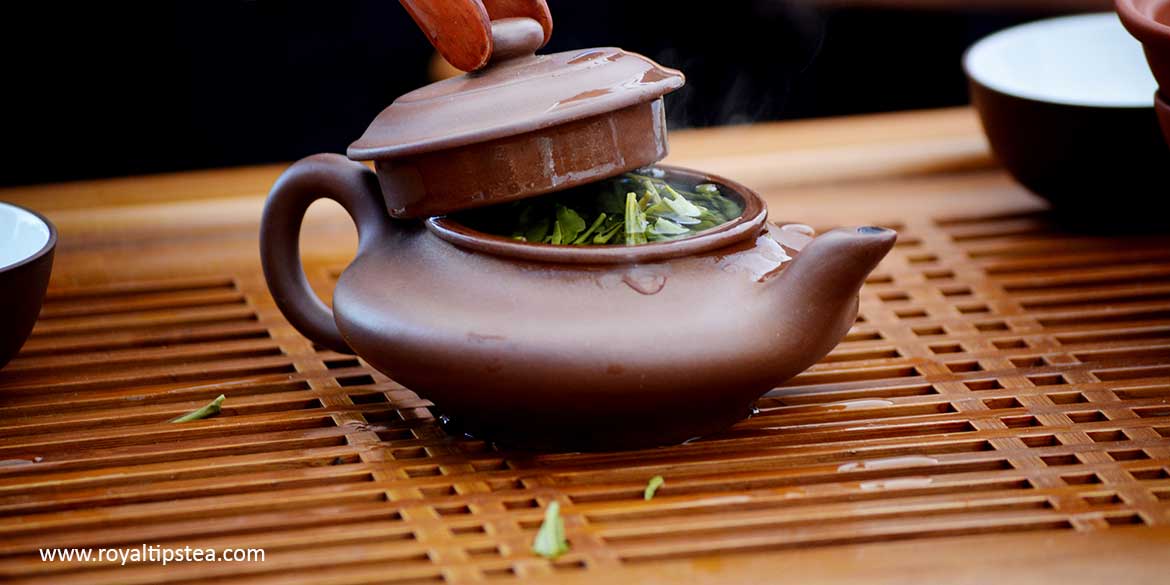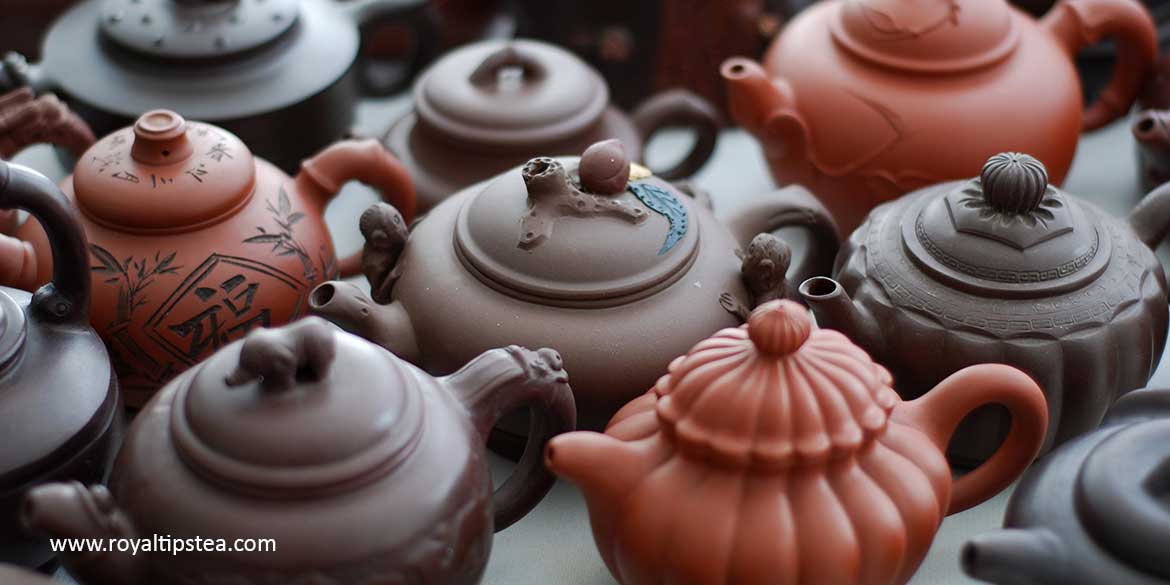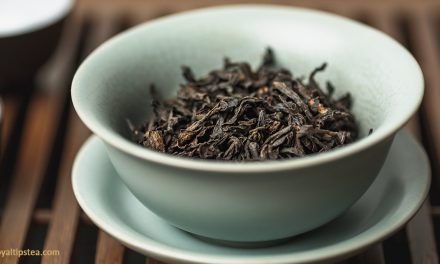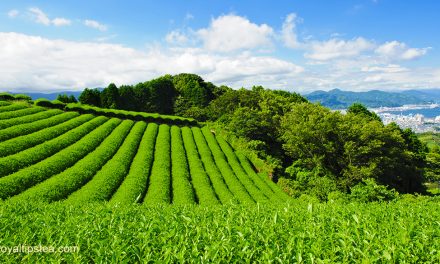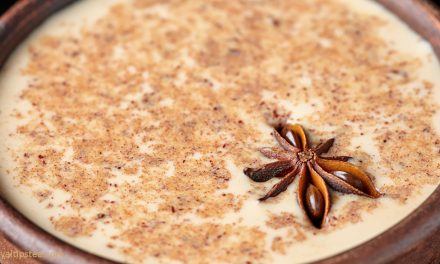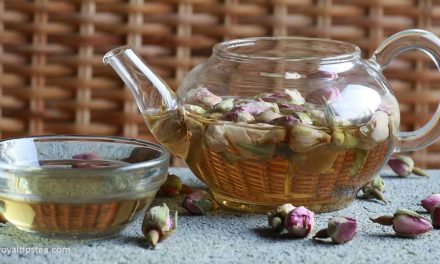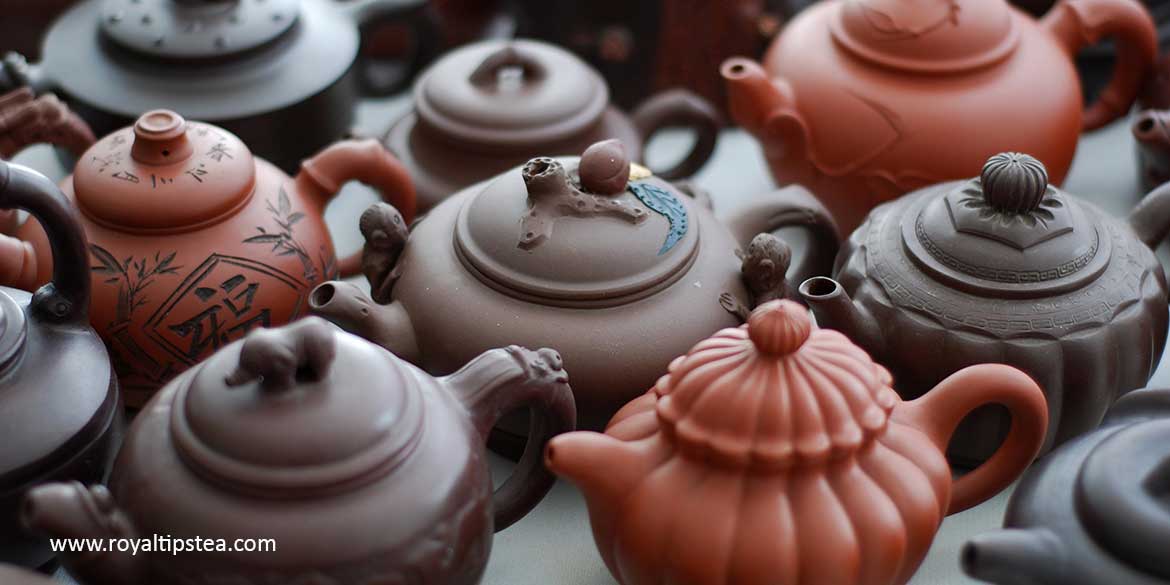
The quality of Yixing Zisha clay teapots
Unglazed earthenware Yixing teapots date back to the days of the Song Dynasty (960-1279 AD) and reached the height of their fame during the time of the Ming Emperors (1368–1644 AD). They are made in the town of Yixing (China), which lies close to Lake Tai in Jiangsu province, and the ‘zisha’ (purple) clay from the local hills has a special character and quality.
The colour of the zisha clay ranges from yellow and yellow-brown through red, red-brown, brown, purple-brown, green and black, and the mineral ingredients make it the best material for brewing loose leaf tea. Iron oxide gives the pots strength and an ability to maintain a stable temperature during brewing; other minerals – kaolinite, quartz, mica, hematite, and isinglass – make the teapot very porous and the tiny holes left in the pot after firing allow it to “breathe” during brewing and allow it to adapt to temperature changes during the brewing process. These characteristics help to draw out all the rich, complex layers of flavours from the tea.
What types of tea are brewed best in a Yixing pot?
Yixing teapot is never glazed for it is important that it remains porous. Yixing clay can be used for any type of tea but are particularly good for brewing Pu-erh teas and oolongs. Each zisha teapot should only be used for one particular type of tea (dark oolongs, cooked puerh, raw puerh, etc.) because the clay absorbs the tea oils as the leaves infuse. Each time the pot is used, extra layers of flavour are then added back into the water during brewing and give a smoothness and depth to the flavour of the tea. Some people prefer to use one individual pot not just for one category of teas but for just one individual tea – such as Mi Lan Dan Cong from Phoenix Mountains in China’s Guandong province, or Yan Cha rock oolong from the Wuyi Mountains.
Zisha teapot, a precios piece of Chinese art
Yixing teapots are always small and vary in size from a capacity of 70 ml to 225 ml. They can be very plain or are often made in the shape of other things – pumpkins, dragons, bundles of bamboo, turtles, a Buddhist priest, or a water lily pad topped with a little frog that forms the lid. And sometimes different clays are mixed to create a marbled effect. The teapots of high quality are made by hand, and skilled artists work the raw clay, craft and shape it by hand, cut the required pieces from slabs of the prepared clay, and mould them together to make the body. They then add the spout, the handle, the lid and any decorations on the surface.
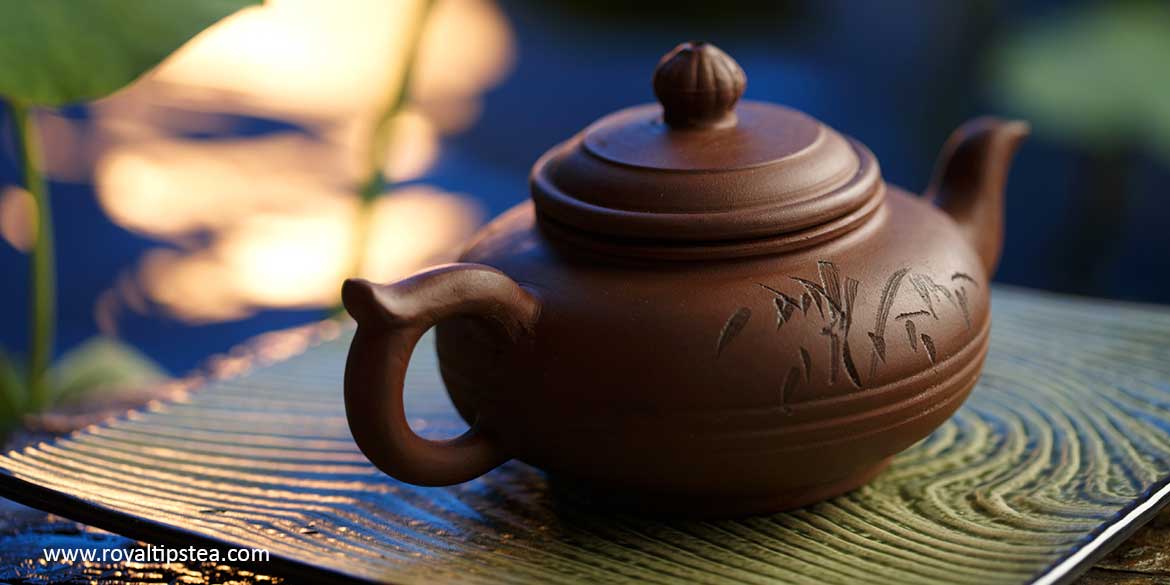
How to season a Yixing Teapot
When choosing a pot, think about the size you need for serving tea to, for example just one or two people, or to five or six people. Chose a shape and colour that pleases you and sits well with your other tea wares. Before using your pot to brew for the first time, you will need to season it.
1.Place the pot and lid in a large bowl or pan of cold water.
2. When it has soaked for a while, rub gently with a sponge of cloth that has no soap on it.
3. Using a mild, non-abrasive toothpaste and a toothbrush, scrub the pot all over to clean the surface thoroughly.
4. Rinse the pot in clean water.
5. Place the teapot and lid in a saucepan of clean cold water and place on the stove.
6. Bring the water to the boil and allow the pot and lid to remain in the gently simmering water for 10 0-15 minutes.
7. Carefully lift the teapot out of the water, drain and allow to cool. Do not plunge into cold water but allow to drain and cool naturally.
8. Pour some cold water into a pan and add a generous spoonful of dry leaves of the type of tea you plan to brew in the new pot. Bring the water and tea leaves to a gentle boil and carefully immerse the pot into the pan of tea. Switch off the heat, cover the pan and allow the pot to soak in the hot tea for at least 30 minutes or overnight.
9. Remove the pot from the pan, drain and allow to dry.
